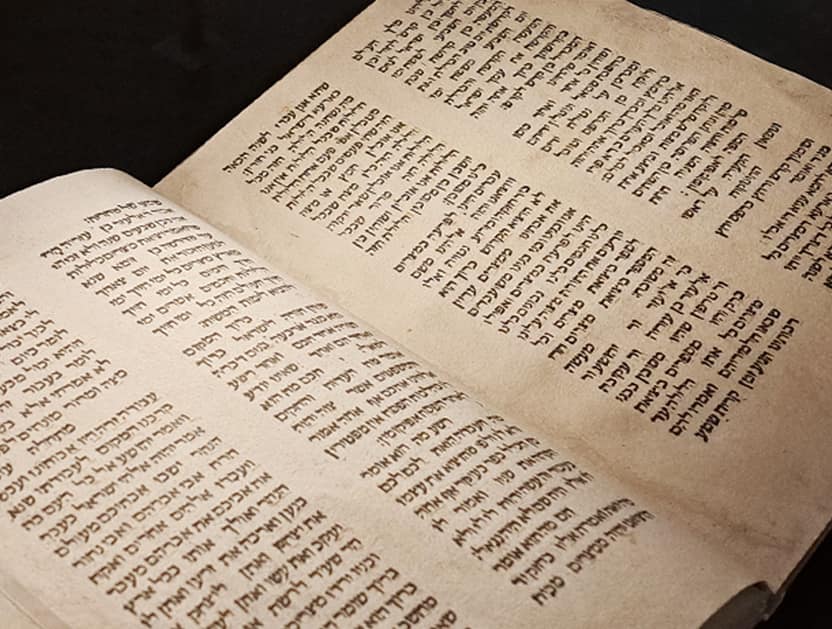"It has been the home to priests and prostitutes, poets and spies. It has been the stage for an improbable flirtation between an Israeli girl and a Palestinian boy living on opposite sides of the barbed wire that separated enemy nations. It has even been the scene of an unsolved international murder. This one-time shepherd's path between Jerusalem and Bethlehem has been a dividing line for decades. Arab families called it "al Mantiqa Haram." Jewish residents knew it as "shetach hefker." In both languages, in both Israel and Jordan, it meant the same thing: "the Forbidden Area." Peacekeepers that monitored the steep fault line dubbed it "Barbed Wire Alley." To folks on either side of the border, it was the same thing: A dangerous no-man's land separating warring nations and feuding cultures in the Middle East. The barbed wire came down in 1967. But it was soon supplanted by evermore formidable cultural, emotional and political barriers separating Arab and Jew. For nearly two decades, coils of barbed wire ran right down the middle of what became Assael Street, marking the fissure between Israeli-controlled West Jerusalem and Jordanian-controlled East Jerusalem. In a beautiful narrative, Dion Nissenbaum's A Street Divided offers a more intimate look at one road at the heart of the conflict, where inches really do matter"--Provided by publisher. ; "Arab families called it "al Mantiqa Haram." Jewish residents knew it as "shetach hefker." In both languages it meant the same thing: "the Forbidden Area." Soldiers on both sides that monitored the steep fault line dubbed it "Barbed Wire Alley." To folks on either side of the border, it was the same thing: A dangerous no-man's land separating warring nations and feuding cultures. It was in this no man's land that United Nation's soldiers organized a search party to rescue a pair of dentures that had fallen out of a monastery window overlooking the dividing line. It was on this street that an attempt to build an outhouse nearly sparked a deadly clash between Israeli and Jordanian soldiers stationed yards apart. The barbed wire came down in 1967. But it was soon supplanted by ever more daunting cultural, emotional and political barriers separating Arab and Jew. For nearly two decades, coils of barbed wire ran right down the middle of Assael Street marking the fissure between Israeli-controlled West Jerusalem and Jordanian-controlled East Jerusalem. A Street Divided offers a view of the conflict from the street level. While most books written from the Middle East tend to focus on sweeping political trends, A Street Divided tells this story from one of the rare streets where Israelis and Palestinians live together. Countless books have been written about this region, but none have focused on this unique fault line"--Provided by publisher.
| כותר |
A street divided : stories from Jerusalem's Alley of God / Dion Nissenbaum. |
|---|---|
| מהדורה |
First editon. |
| מוציא לאור |
New York, N.Y : St. Martin's Press |
| שנה |
2015 |
| הערות |
Includes bibliographical references (pages 239-246). |
| הערת תוכן ותקציר |
No man's land -- Father of the bull -- The martyrs -- The settlers -- The collaborator -- The peaceniks -- The good Arab -- The architects of division -- "The Siege of Abu Tor." |
| היקף החומר |
xi, 246 pages 24 cm. |
| שפה |
אנגלית |
| מספר מערכת |
990038688460205171 |
תנאי השימוש:
איסור העתקה
יתכן שאסור להעתיק את הפריט ולהשתמש בו עבור פרסום, הפצה, ביצוע פומבי, שידור, העמדה לרשות הציבור באינטרנט או באמצעים אחרים, עשיית יצירה נגזרת של הפריט (למשל, תרגום, שינוי היצירה או עיבודה), בכל צורה ואמצעי, לרבות אלקטרוני או מכני, ללא הסכמה מראש מבעל זכות היוצרים ומבעל האוסף.
לבירור אפשרות שימוש בפריט, יש למלא טופס בקשה לבירור זכויות יוצרים
מידע נוסף: הפריט עשוי להיות כפוף לזכויות יוצרים ו/או לתנאי הסכם.
אם לדעתך נפלה טעות בנתונים המוצגים לעיל או שקיים חשש להפרת זכות יוצרים בפריט, אנא פנה/י אלינו באמצעות טופס בקשה לבירור זכויות יוצרים
תצוגת MARC
יודעים עוד על הפריט? זיהיתם טעות?

 כניסה עם גוגל
כניסה עם גוגל
 כניסה עם פייסבוק
כניסה עם פייסבוק



